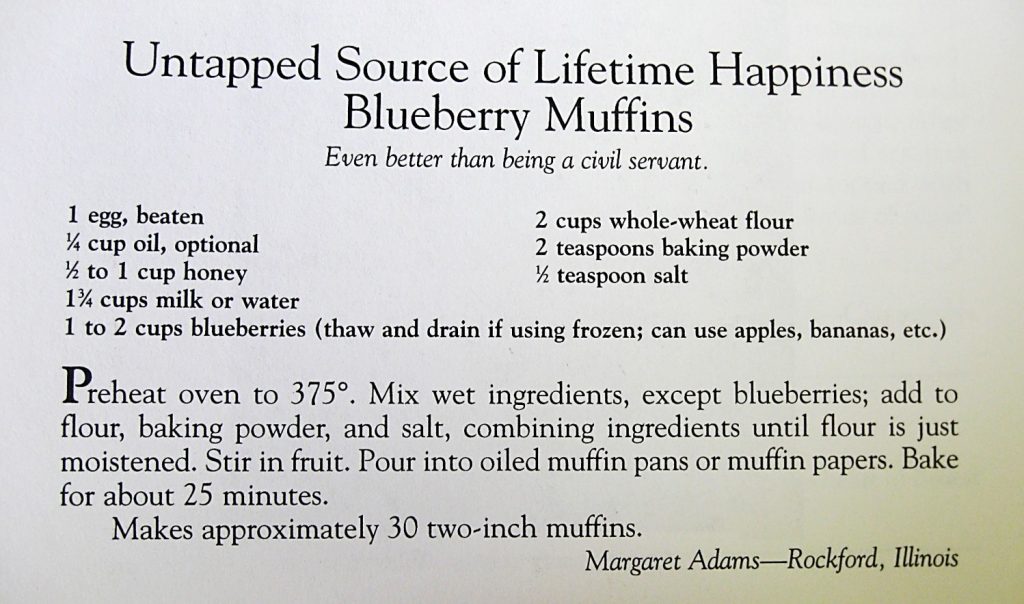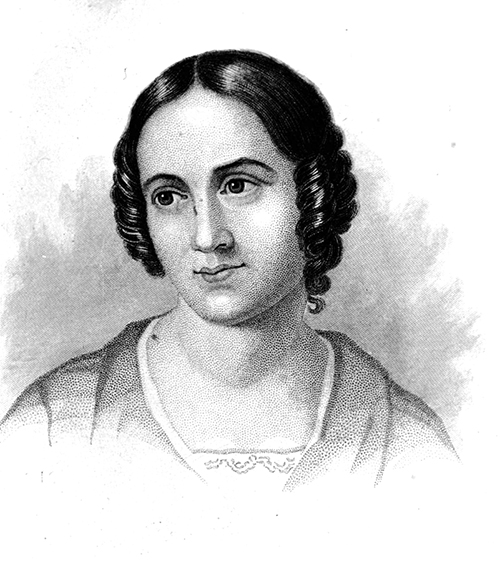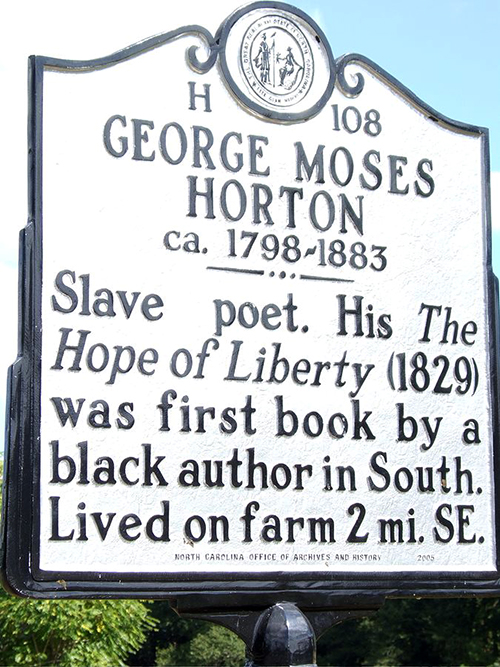1. What is the largest city in North Carolina not named for a person?
2. Which has the greater population – Fayetteville, Ark., or Fayetteville, N.C.?
3. Which Wilmington has the greater population, North Carolina’s or Delaware’s?
4. What is the largest “City” in North Carolina?
5. Name the three largest “-boros” in North Carolina.
6. What are North Carolina’s two hyphenated municipalities?
7. What are the four “-villes” among North Carolina’s 15 largest cities?
8. In 1967, Spray, Leaksville and Draper merged to form what town?
Answers appended here tomorrow….
As promised:
1. High Point, ninth largest at 104,608.
2. Fayetteville, N.C., by 200,564 to 73,969.
3. North Carolina’s, by 106,476 to 70,851.
4. Elizabeth City (at 18,692 beating out Morehead City at 8,712, Siler City at 7,903 and Forest City at 7,475).
5. Greensboro (269,628), Goldsboro (35,616) and Asheboro (25,264).
6. Winston-Salem and Fuquay-Varina. Winston merged with Salem in 1913, Fuquay Springs with Varina in 1963.
7. Fayetteville (200,564), Greenville (84,990), Asheville (83,393) and Jacksonville (70,883).
8. Eden (pop. 15,527)











